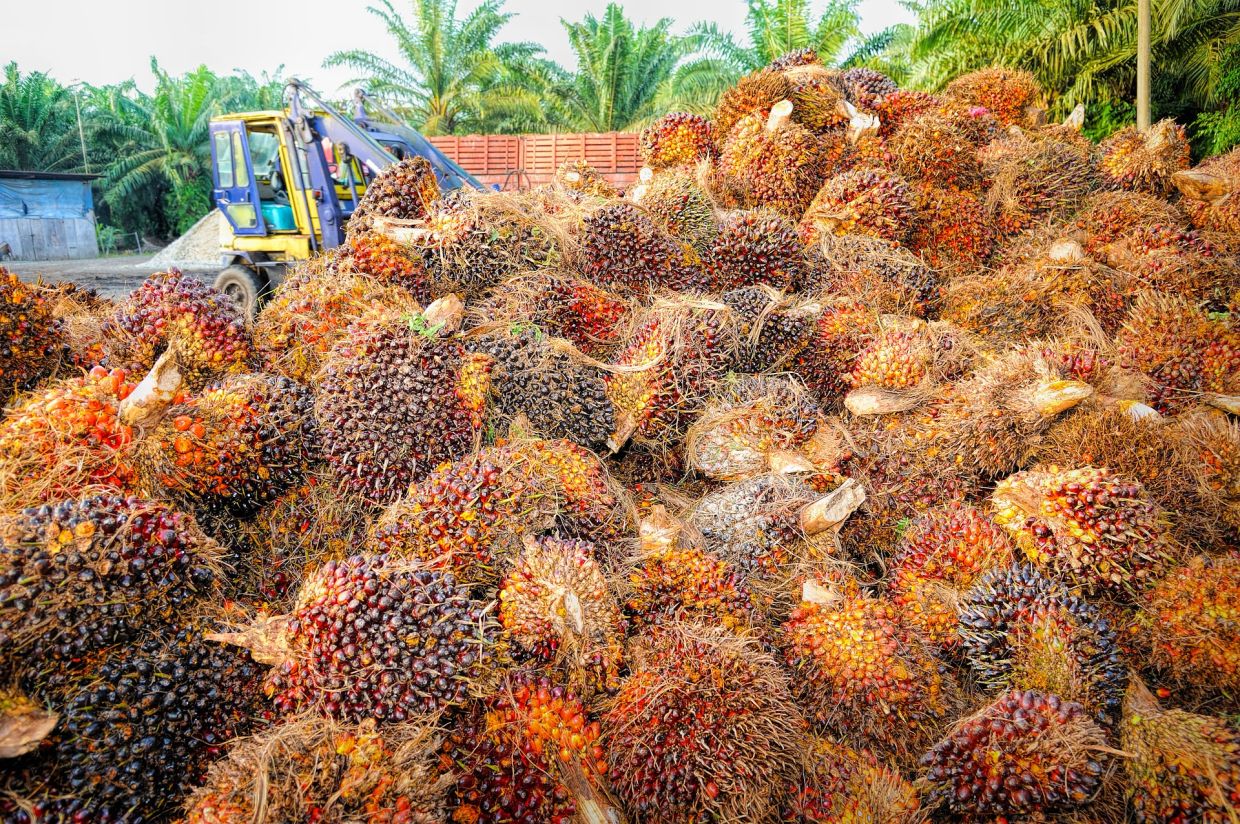Pakistan : As global climate change is intensifying, the National Natural Science Foundation of China (NSDC) and Pakistan Science Foundation (PSF) are working together to establish a model through the study of the changes in climate characteristics and the corresponding changes in cotton and wheat production varieties, and to put forward breeding suggestions for climate change in the next 30-50 years.
The model is developed under the APSIM (Agricultural Production Systems Simulator) intelligent regulation and decision-making system.
which can simulate the biophysical process in farming system under the climatic risk, describe crop structure, crop sequence, yield prediction, and quality control.
Also erosion estimation under different planting pattern, and predict the future design direction of wheat and cotton varieties and water, fertilizer and salt management measures.
“Compared with traditional breeding, the use of genetic engineering methods can produce crop varieties that adapt to different types of environmental conditions more quickly”, she said.
Pakistan stands 5th in cotton production among the 60 major cotton-producing countries of the world and occupies the 3rd position in consumption.
The cotton industry in Pakistan, with the longest value chain system in the country, has 60% share in foreign exchange earnings and engages 38% of labour force directly or indirectly.
In particular, climate change is a common challenge faced by both Pakistan and China, posing threats to cotton cultivation.
In China, the average annual temperature rose by 0.24 degrees celsius every ten years in the past seven decades.
The past 20 years were the warmest period since the beginning of the 20th century. As a result, extreme weathers like high precipitation and drought have been on the rise.
“In response, more than 630 cotton germplasm were collected”, said Zhang Rui. During the whole growth period of cotton, their growth potential, purity and sensitivity to ketamine were observed and analyzed to identify climate smart varieties.
“Using genetic engineering technology, cotton varieties with significantly improved environmental adaptability have been cultivated”, she said.



